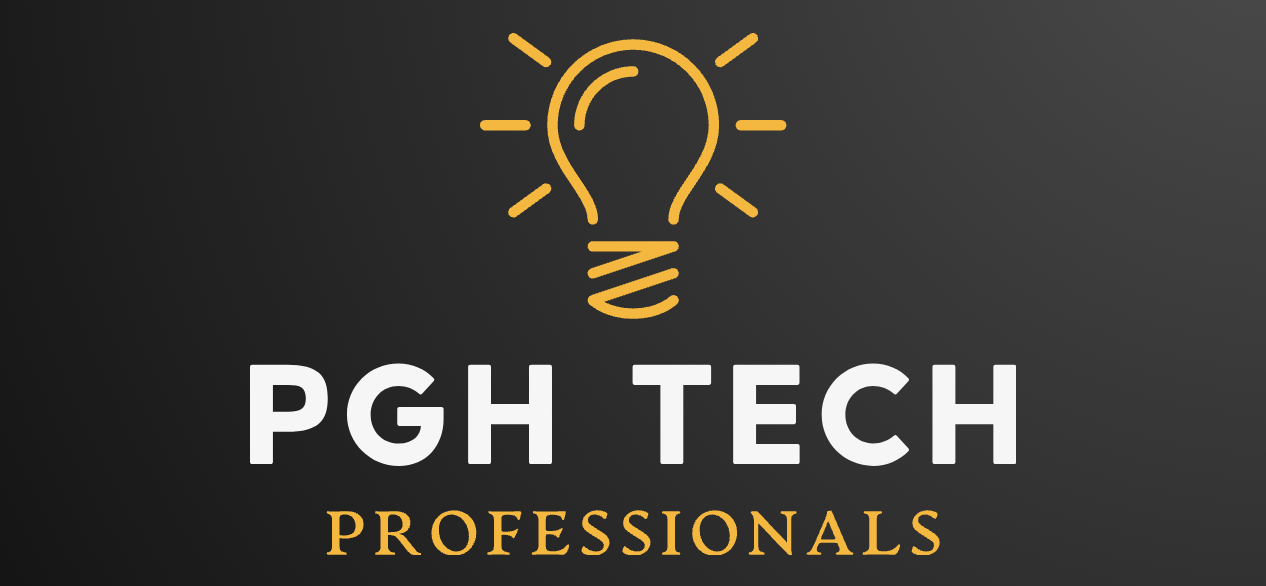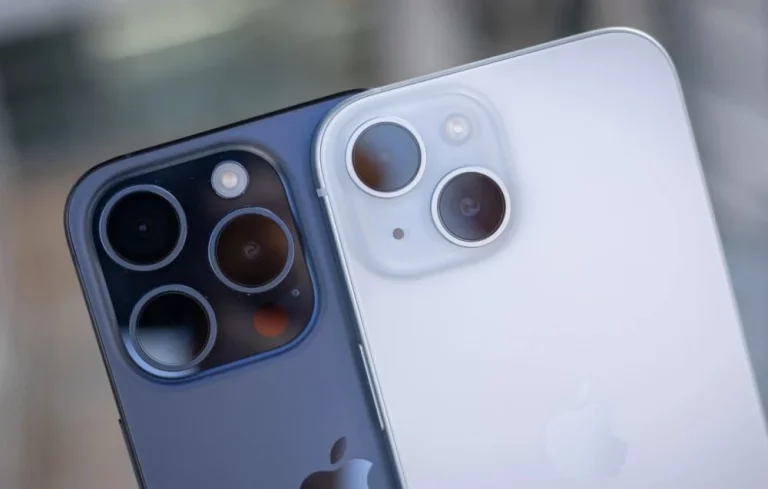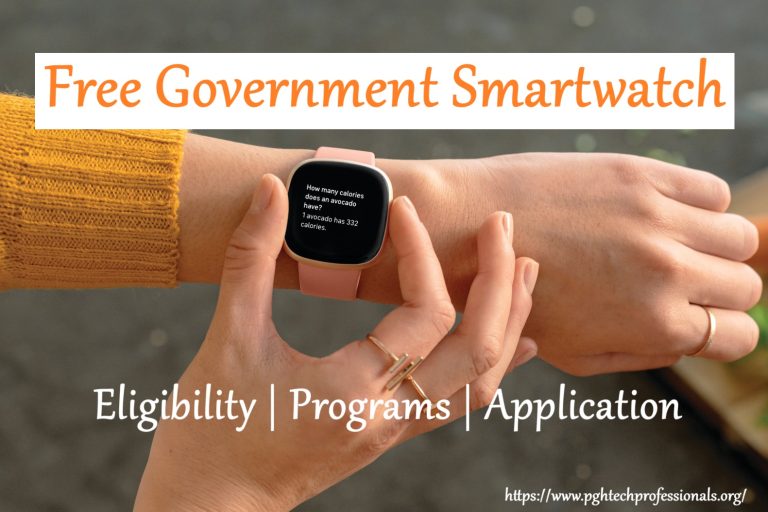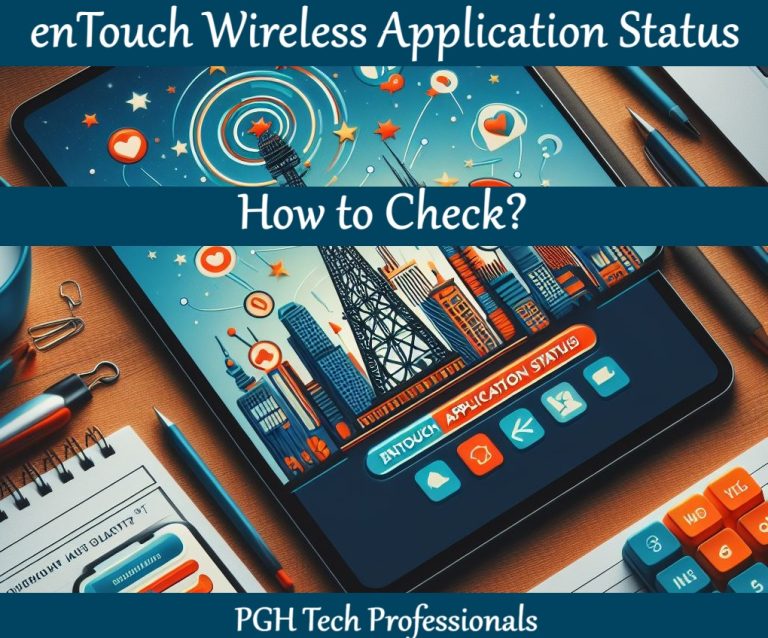What Is the Emergency Broadband Benefit Program?
In response to the economic turmoil caused by COVID-19, the 116th UN Congress passed the Coronavirus Aid, Relief, and Economic Security Act, also known as CARES. It was a massive 3.2 trillion economic stimulus that included one-time cash distribution to individuals, unemployment benefits, and other financial aid in the form of loans and other government assistance programs for the most vulnerable households. Emergency Broadband Benefit was a part of this initiative, established to provide affordable internet to financially disadvantaged segments of the population.
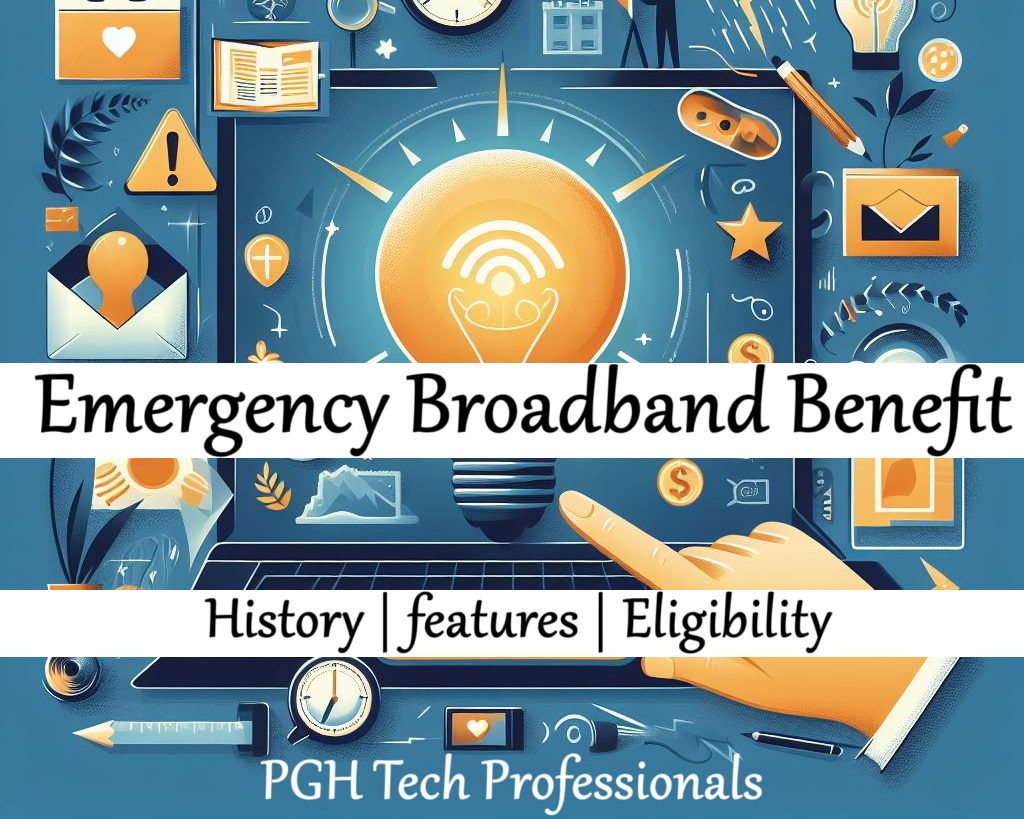
Let’s explore further and find out more about this program and its benefits.
What is the Emergency Broadband Benefit Program?
Emergency Broadband Benefit was a government assistance program administered by the Federal Communications Commission between December 2020 to March 2022. In December 2020, almost 9 months after the COVID-19 outbreak, the Consolidated Appropriations Act released the initial fund worth $3.2 billion to establish the EBB program and ordered the FCC to provide cost-effective internet service to those from low-income backgrounds.
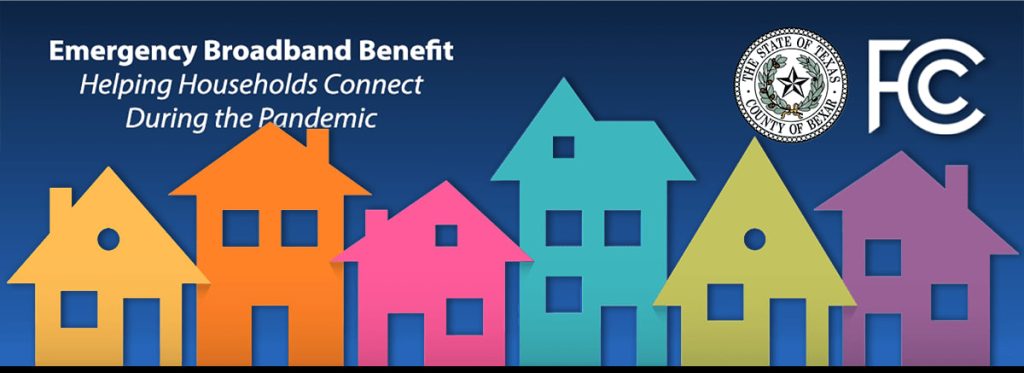
Under the EBB, each qualified household was eligible to receive a substantial discount on the monthly broadband expenses, along with free/low-cost digital devices to stay connected to people, search for jobs, work from home, etc.
The rules and policies were created and adopted by the commission in the next 5 months, and on May 12, 2021, the program started accepting registrations. To provide the service, EBB partnered with numerous telecom providers across the country, including Verizon, Xfinity, Spectrum, T-Mobile, and many others.
The process was simple – the users picked any of the Emergency Broadband Benefit providers and applied for the benefits. Later these providers were reimbursed for the broadband and device discounts.
Note – the Emergency Broadband Benefit program doesn’t exist anymore, as it was only designed to last until the public health emergency triggered by the COVID-19 outbreak. After the fund was exhausted, the FCC established another initiative to replace EBB in November 2021 – The Affordable Connectivity Program.
What Are The Benefits of EBB?
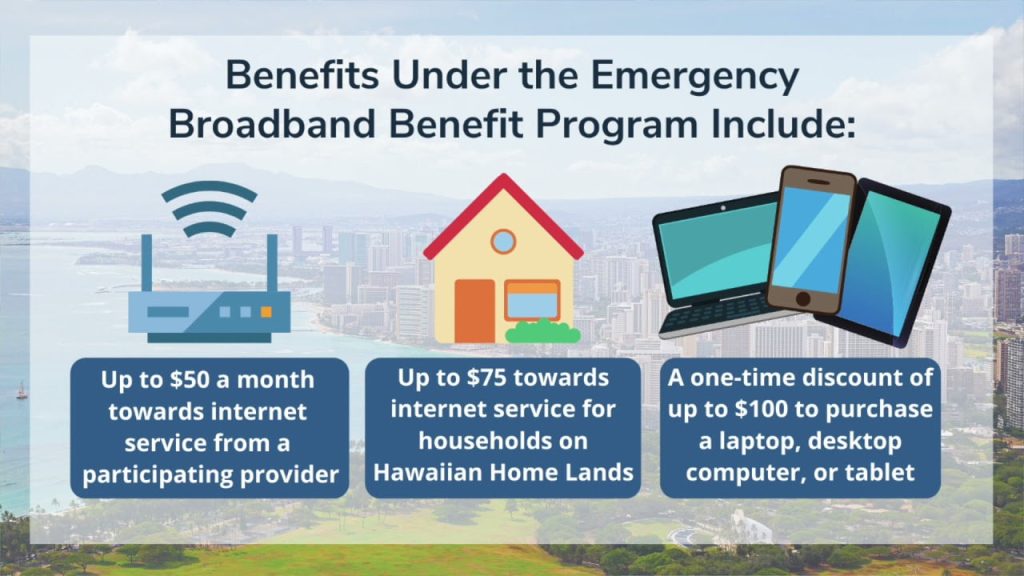
The EBB turned out to be a masterstroke by the FCC and it helped millions of underserved individuals survive the economic slowdown during the peak pandemic months. Among the benefits of the program, here are a few:
- Each household received a monthly discount of up to $50 towards the broadband services.
- The program also extended help to Tribal lands, providing a discount of up to $75 on monthly broadband expenses.
- Eligible households could receive a discount of up to $100 on a purchase of a tablet, laptop, or desktop from a partnering provider. A contribution of $10-$50 was required to avail of this offer.
- The program also waived installation and activation fees, to put a minimum financial burden on struggling families.
- Some providers offered free digital training to assist students, senior citizens, and the unemployed, aiming to bridge the digital divide between the segments of society. This helped millions in finding temporary jobs and learning opportunities during the difficult time of COVID-19.
Who Is Eligible For The Emergency Broadband Program?
Since the program primarily targeted economically disadvantaged individuals, annual income was the key eligibility criterion. To ensure that those in dire need could access the benefits of the EBB program, the commission established the following eligibility criteria:
- The annual income is at or lower than 135% of the Federal Poverty Guidelines applicable in the respective state.
- A member of the household is receiving benefits under government assistance programs like SNAP, Medicaid, SSI, or Lifeline program.
- A member received a Federal Pell Grant within the current year.
- The household has experienced a significant decline in income due to job loss after February 29, 2020.
- The household has an annual income below or equal to $99,000 for single filers and $198,000 for joint filers.
- Any child from the household receives benefits through free or low-cost school lunch/breakfast programs.
- Any household member meets the eligibility criteria for a collaborating provider’s COVID-19 program for low-income families.
The History of Emergency Broadband Benefit Program
The EBB is long gone now, and the Affordable Connectivity Program has taken its place, providing over 20 million American households with cost-effective internet and devices. Unfortunately, the future of ACP is not looking promising at the moment, as the fund is estimated to run out by the end of April 2024.
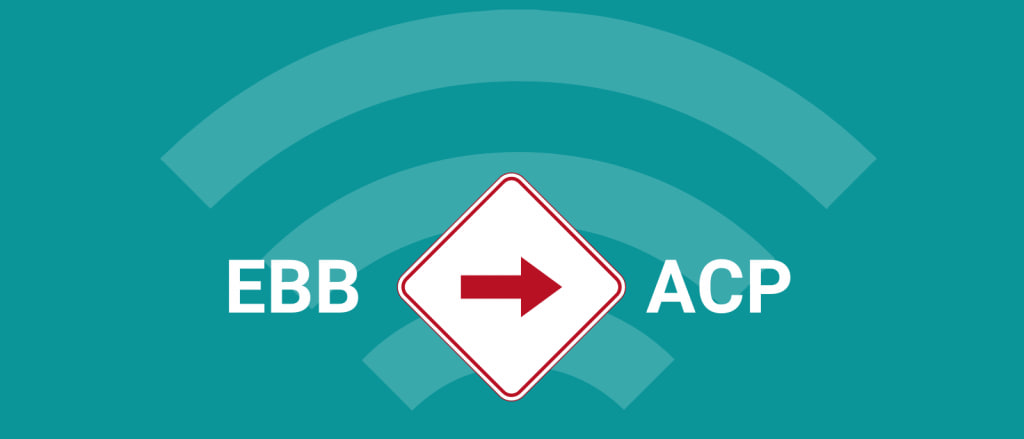
From the inception of EBB to the potential closure of its successor ACP, this is how things transpired:
- December 2020 – To support low-income households, the FCC established the Emergency Broadband Benefit program with the Congress-allocated fund of $3.2 billion.
- May 2024 – The program is opened for registration and received well by the public, amassing over 1 million subscribers within the first week.
- December 2021 – Under the newly passed Infrastructure Investment and Jobs Act, the US Congress approved an additional $14 billion fund to extend support through the EBB. The program rebranded to the Affordable Connectivity Program, offering long-term but reduced discounts.
- 2022-2023 – The ACP proved to be a game changer, receiving over 22 million registrations in the next two years.
- August 2023 – As Congress didn’t provide the necessary investment, several financial experts estimated the ACP fund to be depleted by the Spring of 2024.
- January 2024 – The FCC announced the wind-down of the ACP, hinting at a potential end to the program, along with the dates to freeze new registrations and potential termination of the program.
- February 2024 – ACP stopped accepting new registrations. Subscribers started getting notices from their providers, regarding the impact on their current benefits.
- April 2024 (Tentative)- According to the FCC, it’s the last fully funded month for the Affordable Connectivity Program. Considering that no funds have been allocated by that time, the program is expected to come to an end.
What Is The Difference Between EBB And ACP?
Despite having a similar goal, the Affordable Connectivity Program is slightly different than the Emergency Broadband Benefit program.
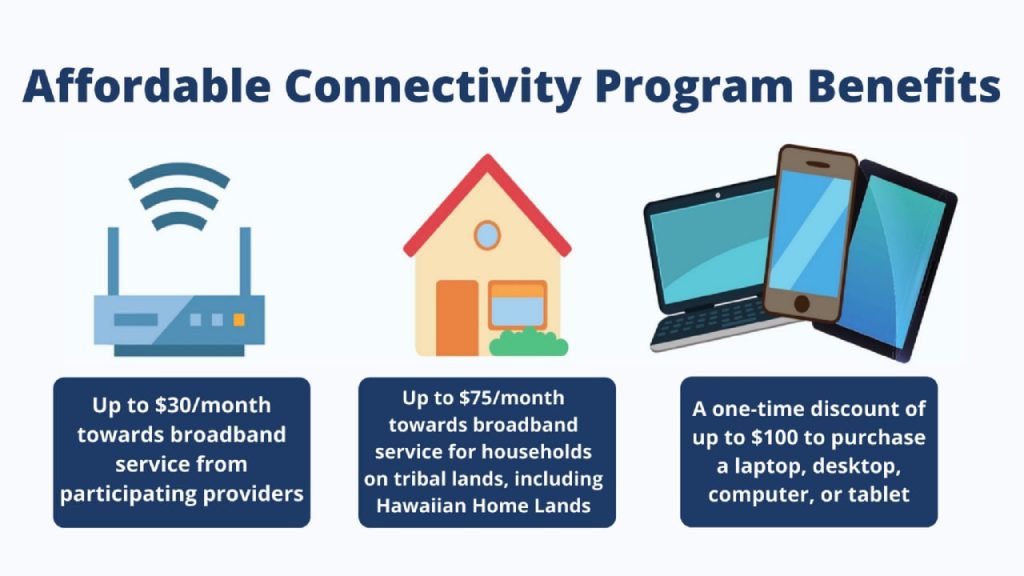
Let’s see how:
| Emergency Broadband Benefit | Affordable Connectivity Program | |
| Objective | An emergency solution to make the Internet more affordable for low-income households during the COVID-19 pandemic. | It was a long-term solution to extend the benefits of EBB. |
| Launch Date | May 2021 | December 2021 |
| Validity | December 2021 | April 2024 (Estimated) |
| Funding | $3.2 billion | $14 billion |
| Source of funding | COVID-19 relief stimulus | The Infrastructure Investment and Jobs Act |
| Eligibility | Annual household income at or below 135% of the Federal Poverty Guideline | Annual household income at or below 200% of the Federal Poverty Guideline |
| Benefits | Up to $50 discount ($75 for Tribal lands) on monthly broadband service. $100 discount on the purchase of laptop/desktop/tablet ($10-$50 contribution needed) | Up to $30 monthly discount ($75 for Tribal lands) on internet services. $100 discount on the purchase of laptop/desktop/tablet ($10-$50 one-time payment) |
| Current Status | Discontinued | Active but not accepting new registrations. |
FAQs
1. How to apply for Emergency Broadband Benefit?
The Affordable Connectivity program has replaced the Emergency Broadband benefit program. Therefore, it’s not possible to apply for EBB benefits anymore.
2. Can I still get an Emergency Broadband Benefit free tablet?
Unfortunately, the Emergency Broadband Benefit free tablet program doesn’t exist anymore. The best way to get a free tablet is through the Affordable Connectivity Program if you enrolled before February 8, 2024.
3. Is Emergency Broadband Benefit eligibility enough for ACP?
To qualify for ACP, your annual household income must be at or below 200% of the Federal Poverty Guideline, compared to the 135% required for the Emergency Broadband Benefit program.
4. Where can I find the Emergency Broadband Benefit application form?
Since the introduction of the Affordable Connectivity Program, there have been no EBB program applications online available.
Closing Remarks
So, the Emergency Broadband Benefit program is history, and the prospect for its replacement, the Affordable Connectivity Program appears bleak as well. While EBB was a short-term emergency initiative, it’s surprising to see the US Congress failing to secure funds for a program that’s benefiting over 20 million American families, small businesses, shelters, and NGOs.
With the voices to save the program getting louder, and putting more pressure on the government to make efforts to keep the program alive, it will be interesting to see the Congress’s response, especially with the elections approaching in November this year.

I’m Olivia Smith, a writer who works in a Government Assistance Program. I love helping people and making a difference. When I’m not working, I enjoy reading books, watching rugby, and traveling to new places. Exploring the world and meeting different people inspires me. I’m passionate about supporting those in need and often write about my experiences and thoughts on various blogs.
